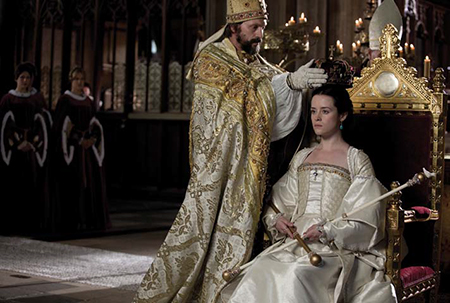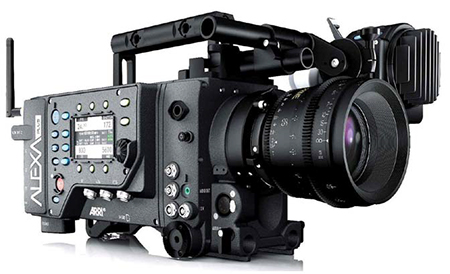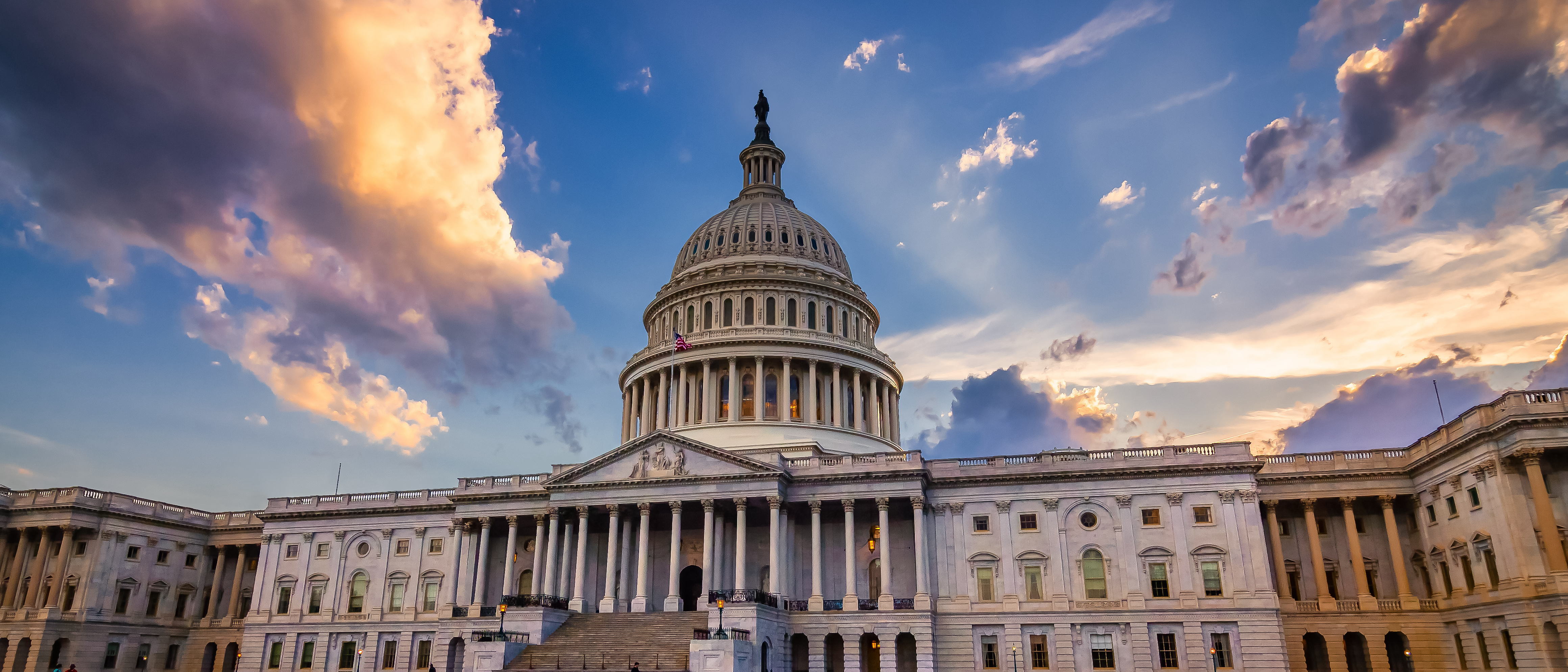Wolf Hall: Ancient Intrigue, Modern Imaging
SOMERSET, ENGLAND—Although the six-part BBC series “Wolf Hall”—airing on PBS’ “Masterpiece” this spring—is set in 16th century England, it was designed to look naturalistic and immediate—decidedly unlike a historical drama.

Claire Foy as Anne Boleyn and Damian Lewis as King Henry VIII in “Wolf Hall,” episode 3. A co-production of PBS and BBC, “Wolf Hall” is an adaptation of the Hilary Mantel novel of the same name that follows the rise of Thomas Cromwell in the Tudor court, from his lowly start as the son of a blacksmith to becoming King Henry VIII’s closest advisor. Shot in period castles and houses, the unromanticized historical drama illuminates the deadly political intrigue of the court, Henry VIII’s tempestuous relationship with Anne Boleyn, and the religious upheaval of the Protestant Reformation.
CANDLELIGHT SHOOTING
Cinematographer Gavin Finney shot most of “Wolf Hall” handheld, closely following Cromwell (Mark Rylance) in a very kinetic fashion. Day interiors were lit almost exclusively through windows, with portions further from sunlight falling into darkness—an aspect of pre-electric light often downplayed in classical historical dramas.
For Finney, the most challenging of these directives was the one to shoot night interiors in real candlelight so they would feel genuine. “We don’t live in candlelight,” he says. “We live in an artificially lit world. Maybe occasionally you have a candlelit dinner, but even that is usually supplemented by artificial light.”
Finney went through extensive testing to find the combination of camera sensor, optics and workflow that would make candlelight shooting feasible on a large scale. After testing every camera/lens combo he could get his hands on, he chose the ARRI Alexa Plus and Leica Summilux-C prime lenses.
“If you’re shooting in a room with lit candles, you don’t want to be fighting with double reflections off the glass or flares or chromatic aberrations,” he said. “And you need a sensor that can handle the dynamic range to hold detail in the flame while still retaining some shadow detail.”
The Alexa Plus, set at EI 1600, handled the task best, according to the cinematographer. “We had very few artifacts at that speed,” he recalls, “and if there was a little noise, it looked good. Quite a bit like film grain.” Footage was recorded internally on the Alexa as ProRes 4444 Log C.
The professional video industry's #1 source for news, trends and product and tech information. Sign up below.
Finney strongly preferred the Leica optics in his candlelight bake-off. In addition to their small diameter for T1.4 lenses and their titanium construction, which made them the lightest options—significant because the camera would be operated handheld over the 85-day shoot—they outpaced all the other lenses he tested in terms of the way they reproduced candlelight, particularly when opened to maximum aperture.
“I would have carried a heavier lens if it worked better,” he offers, “but of all the lenses we tested, it had pretty much zero chromatic aberration with the flames. There was none of that magenta/green fringing that we saw on every other lens, and there is just a natural glow/haze around candles that looks very nice. That’s all from the lenses. We didn’t use any filters at all. The Summilux-C prime lenses were very sharp and contrasty, whereas other lenses looked quite lifted in the shadows at T1.4.”

ARRI Alexa PlusWHAT LOOKS GOOD
Naturally, shooting a handheld show at that kind of stop required the services of a top-notch 1st AC, which Finney says he found in Christopher Reynolds. Reynolds used the Alexa’s integrated remote focus and an HD monitor attached to his wireless remote focus unit. “If you don’t have someone who can pull focus like he can, you just can’t shoot wide open,” Finney said. “We were working in near darkness and we’d often shoot rehearsals. There were no marks on the floor for actors, but Chris nailed every shot.”
Of course, there is more to lighting a candlelight scene than just being able to get an exposure and hold focus. “There were differences between what looks good in the room to the designer and what the director of photography thinks looks good on the actors’ faces. There was a learning curve about how to make a room look lit by candlelight but not flatten everything out. My gaffer, Andy Long, built trays with reflective surfaces and we would put 20 or 30 large candles in those and then place the trays on tripods to create some fill light that was still from candles. During a shot, my crew would stand behind me while I was operating and hold up flags or nets that would block out some of the candles and give more shape to the light as I got closer to the actors.
“We weren’t dogmatic,” he continues. “There’s a rule in every one of these houses that you can’t have a candle closer than three and a half feet to any wall or fabric and there were a few scenes where we would have had to in order to light an actor’s face, so we’d supplement the candlelight with a small LED or Inky. A couple of times I used a small Dedolight to throw a bit more light into part of a room that just wasn’t getting enough from the candles.”
The director of photography speculates that he could likely have done without the artificial light entirely, at the expense of historical realism, by placing more lit candles in the scenes. “That’s something that I see a lot in period dramas,” he says, “where they light every candelabra, every candle. That didn’t happen in real life. Candles were very expensive and you saved them. You never lit a candle during the daytime unless it was some kind of religious service. If you look carefully, you see we never lit all the candles in the room.”
Hence the necessity of shooting all the night interiors at EI 1600 and T1.4. “To give you an idea of the camera’s sensitivity, we were working on a night scene and the moonlight coming through the window was throwing my camera’s shadow onto the actors,” he recalls. “It was the first time I ever had to flag real moonlight!”
